by Ashley Carter
Share
Now, imagine one system that has all of this data in one, searchable format. One person can seamlessly compile all of the necessary information in a fraction of the time. It does exist, and it can reduce audit anxiety. Every LIMS has their own audit-support features, so it’s important to know what you need for your laboratory. This article will show you some common LIMS features that might help you survive your next audit.
The Wavefront LIMS Search Module has a user-friendly interface that allows a user to search the system. The best part is that the search can be based on essentially any field, and return whatever information is desired.
Wavefront LIMS captures what instrument, and the associated calibration, were used for each test as they are completed. Therefore, there’s no need to figure it out later. Simply pull up the test and see what instrument was selected and the associated active calibration is provided.
Calibration Paperwork
Wavefront’s Instrument and Calibration module keeps track of all of the calibration records for the instruments. Since you know the instrument and active calibration at the time, it’s just a matter of opening that calibration entry. All of the information you need, including the calibration certificate, is stored in one place.
Audit Security
In Wavefront LIMS, Security Roles control who has access to each part of the system. They prevent those not authorized to see or do something from seeing or doing that thing. This can be anything from creating a test, populating or editing results on that test, and signing off on the review. The training records for each user can also be stored in their user profile for easy access whenever needed.
System Audit Tracking
Audits are excellent ways to ensure consistency in laboratory processes and quality material for our customers. However, they can be stressful and time consuming, especially when your laboratory’s tools aren’t designed to support accreditation requirements and auditing needs. Wavefront LIMS was designed by people who have worked in laboratories and experienced the needs of accreditations and audits firsthand. Reach out using the Schedule a Demo button to find out how Wavefront LIMS can help make your next audit a much less stressful experience.
STAY IN THE LOOP
Subscribe to our Free Content
Learning about LIMS is a monthly article series where Wavefront shares questions that have come up throughout our interactions with a range of individuals and customers. We do our best to provide information about each topic to help people learn more about LIMS.
Sign up here to be added to our mailing list and receive these articles directly in your inbox.
In today's rapidly evolving laboratory environment, effective data management has become increasingly crucial for maintaining operational excellence and competitive advantage. Modern laboratories generate an unprecedented variety of data types, each requiring specific handling protocols and storage considerations. A robust Laboratory Information Management System (LIMS) serves as the cornerstone of efficient laboratory operations, providing comprehensive solutions for data complexity, regulatory compliance, and long-term data integrity while ensuring seamless workflow integration.
Laboratory staffing shortages have become a critical challenge across industries. Learn how LIMS features and automation helps laboratories maintain high standards and increase efficiency, even with reduced personnel. Wavefront LIMS provides comprehensive solutions for workflow automation, knowledge transfer, and staff development - enabling your laboratory to thrive despite staffing constraints.
In an era of increasing complexity and rising performance expectations, laboratories must do more with less. Discover how a Laboratory Information Management System (LIMS) can transform operational challenges into competitive advantages, turning your lab from a cost center into a strategic asset.
In an increasingly competitive and regulated laboratory environment, implementing a robust Sample Management Software solution is essential for driving operational excellence. A comprehensive Laboratory Information Management System (LIMS) streamlines sample tracking, enhances data integrity, facilitates compliance adherence, and unlocks powerful analytics for continuous improvement. Discover how to harness the transformative potential of LIMS to position your laboratory for long-term success.





